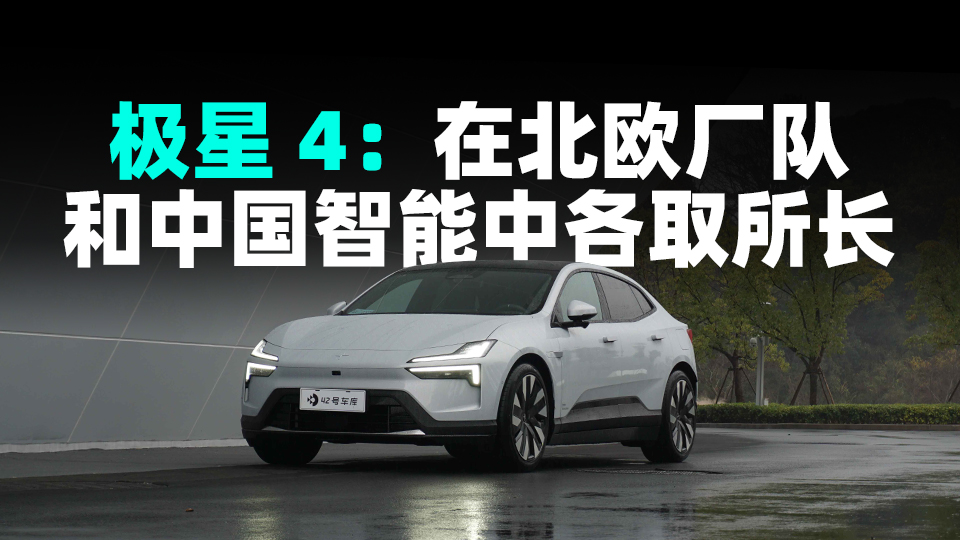Polestar, established in 1996, initially wasn’t a vehicle manufacturing company but Volvo’s official racing team; later on, it provided Volvo with engine software and performance kits for mass production vehicles, somewhat akin to BMW’s M division, Mercedes’ AMG, and Audi’s RS.

After Geely acquired Volvo for 1.8 billion, the gears of Polestar’s destiny began to turn. Since becoming independent from the racing brand, it has sequentially launched the Polestar 1(double-door coupe hybrid car), 2(compact pure electric sedan), and 3(mid-large pure electric SUV). The most unique aspect of our today’s protagonist, Polestar 4, is that the driving control is still primarily developed by Polestar’s performance division, but its manufacturing and cabin content involves China’s team, and the vehicle machine is equipped with Flyme Auto.
In this test drive, from the perspective of daily use, we will see the performance of Polestar 4. It has been adapted with Chinese intelligence and Nordic racing genes when taken to urban roads, combined with dynamic and intelligent performances.
Polestar Design
Polestar’s CEO is Thomas Ingenlath, who is also known as the previous chief designer at Volvo. It’s rare to find vehicle industry leaders who transition from being designers to CEOs, which is why Polestar’s team DNA is again etched with design elements.
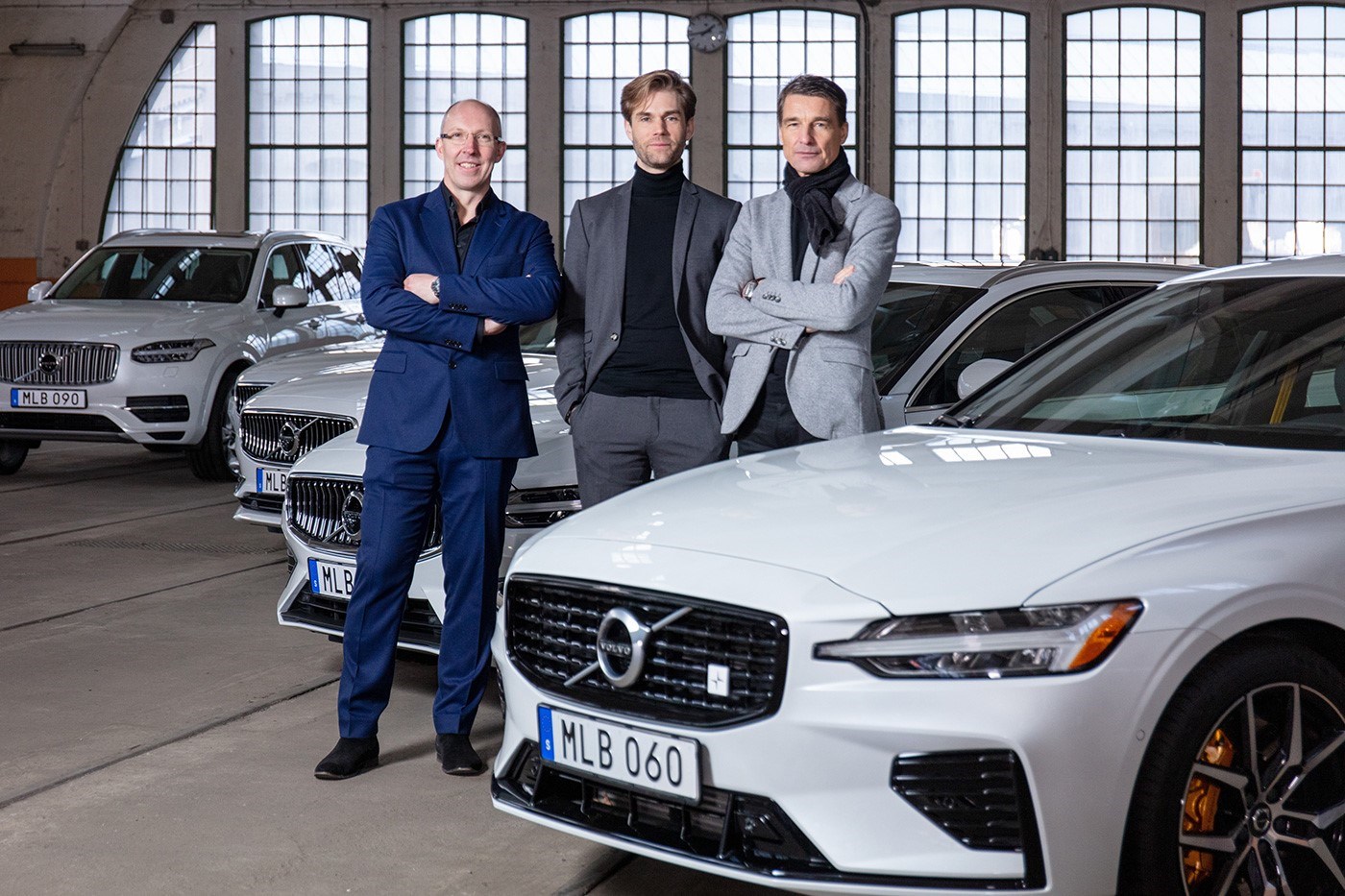
Polestar 4 continues the ultra-minimalist Nordic styled design of the Polestar brand, the proportion of family design and innovative sense is just right, that one look is enough to tell that it’s a new vehicle from Polestar.
The benefit of minimalistic design is that it creates a sense of technology and can greatly reduce over-design phenomena. As you walk around the vehicle, you’ll see the use of very straight lines in almost all areas such as lighting, waistline, and contour. The lines of Polestar 4 are powerful and smoothly outlines the modern sense of this vehicle.
Typically, a pursuit of aesthetic design will lead to some compromise in practicality. As Polestar’s design mastermind, Maximilian, once indicated, Chinese consumers value space highly.
More unique than a crossover SUV
While designing the Polestar 4, this point was carefully considered. Being a mid-size sleek-back SUV, Polestar 4 aims to disrupt people’s traditional notions about this category.
Hence, the first localized configuration for the Chinese market in the Polestar 4 was its size. The dimensions of Polestar 4 are 4,845 x 2,139 x 1,544 mm with a wheelbase reaching 2,999 mm. Quite simply put, the Polestar 4 fits the wheelbase of a large SUV into the frame of a mid-size SUV.
A three-meter wheelbase and two-meter width comfortably address spatial issues longitudinally and laterally. Most sleek-back SUVs, however, struggle with headroom, as the sleek-back look slope down rather sharply after the C-pillar, leading to inadequate headroom.
When Maximilian asserts that the Polestar 4 would shatter conventional notions about this category, the key point I imagine is that they’ve removed the rear windshield from Polestar 4, pushing the crossbeam further back. This, coupled with a panoramic roof that extends to the top, optimizes the headroom.
Being 1.75m tall, I had ample legroom after finding my ideal driving position, and therefore, the backseat offers plenty of space. Moreover, if the front seats aren’t at their lowest position, the backseat footwell is capacious enough allowing passengers to stretch their feet under the front seats, thus avoiding a cramped seating posture.
It’s worth noting that once the luxury package is chosen, the rear seats can additionally support comforts such as seat heating, electric backrest angle adjustment, and aviation headrests, fully aligning with the positioning of this level.


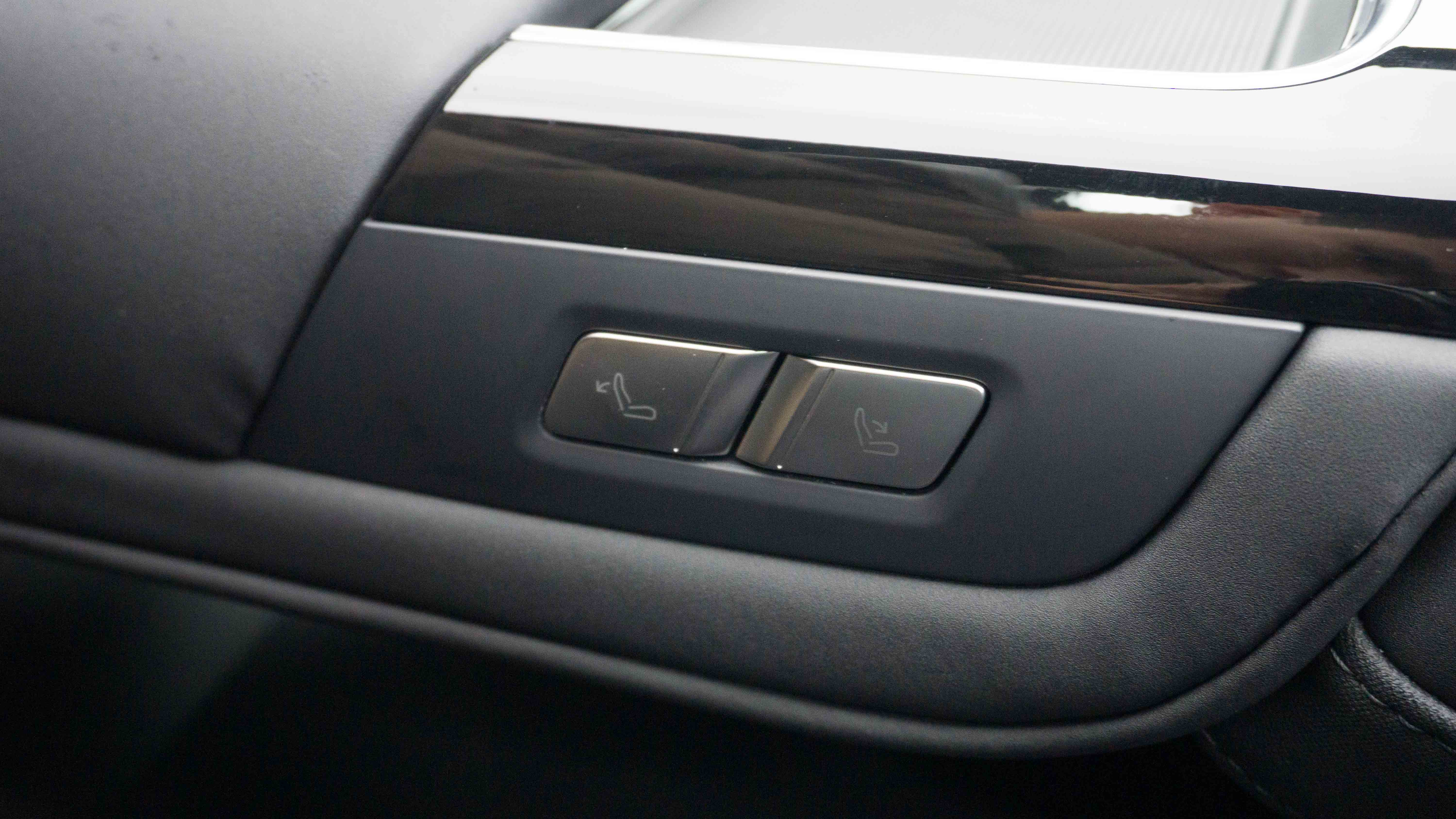
Further, post the removal of the rear windshield in Polestar 4, it added streaming rear-view mirror, thereby negating the need for rear-view visibility. Consequently, a partition was added behind the second-row headrests aligned with the trunk, initially prompting me to assume that the Polestar 4 passenger cabin and the trunk were completely separate.
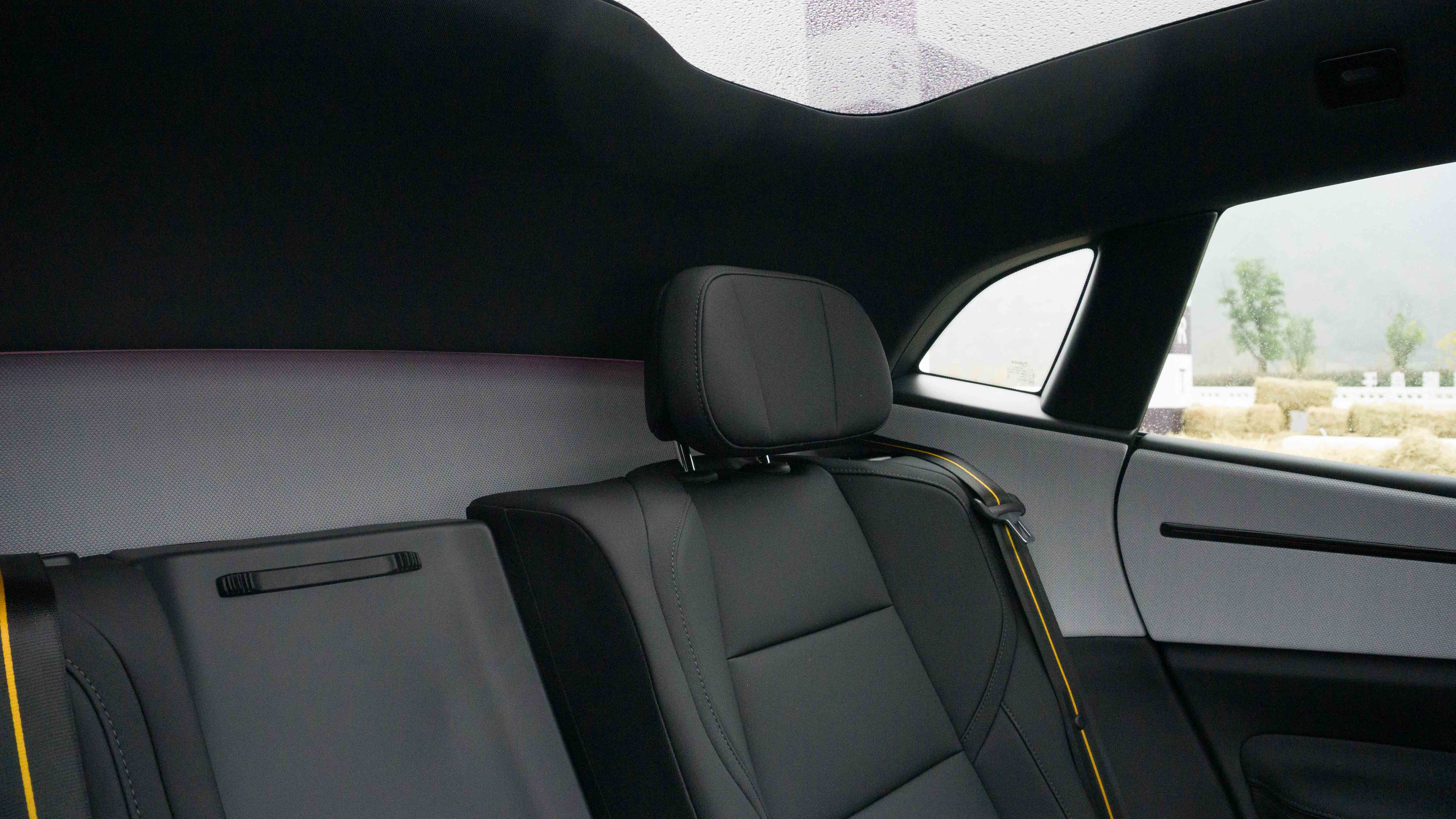
Unexpectedly the partition is removable, and compounded with the rear seats that can be folded over in a 4/6 ratio, this allows for the full unleashing of the incredibly large loading capacity of Polestar 4.
Polestar OS
One more aspect greatly enhancing the appeal of Polestar 4 in the domestic market is the Polestar OS, sourced from Meizu Flyme Auto. In this regard, Polestar 4 can be said to be enjoying the blessings of Geely, especially when we laterally compare with other joint-built brands, a vast majority of car systems today, with their complex logic and lag, induce complaints from domestic consumers.
Polestar 4’s Polestar OS is futuristically equipped with a 15.4-inch, 16:9 horizontal screen and a Snapdragon 8155 chip, laying an impressive foundation for the interactive cockpit of Polestar 4.
If you are familiar with the Flyme Auto on the Lynk & Co 08, you’ll find the Kernel, also based on Flyme Auto, to be quite similar to the Polestar OS on the Lynk & Co 08. They both offer similar smoothness, core functionalities and considerably low delay regardless of tapping, dragging, or zooming, providing a highly user-friendly automotive system. Polestar has additionally coated this excellent base of Flyme Auto with a Polestar OS skin.
The emergence of Flyme Auto on Polestar OS inevitably brings along Meizu mobile interconnection, and what’s more, Polestar will be launching its mobile next year, which you can look forward to. With a Meizu mobile connected at present, you can display your mobile desktop on the vehicle system and open all apps including even games and conference software, as well as control the in-car camera and audio system. Certain apps like Weibo and RED have been tailored for full screen or windowed display. Whether you are playing video, music, or maps on the vehicle system or mobile, the seamless transition saves you from reloading.
Indeed, there are some regrets about Polestar OS. The familiar desktop is merely wallpaper on Polestar OS and the tangible 3D car model desktop does reduce some playability. The number of third-party apps in the App Store is limited and mini programs have not yet been introduced. However, I believe that these finer details will be displayed over time via OTA updates based on user behavior.
Manufacturer’s Team DNA
As mentioned earlier, the Polestar 4 is a fastback SUV capable of reshaping conventional impressions. Besides closed rear windows, how many ordinary SUVs have a wheel arch gap of only three fingers?
Catching this, we took the Polestar 4 for an in-depth test drive on the Jincana circuit, highways, and mountain roads. However, it should be clarified that the model we tested this time was rather basic and will be the popular model in future – a single motor standard range Plus version equipped with a 200 kW rear motor and an 86 kWh battery pack.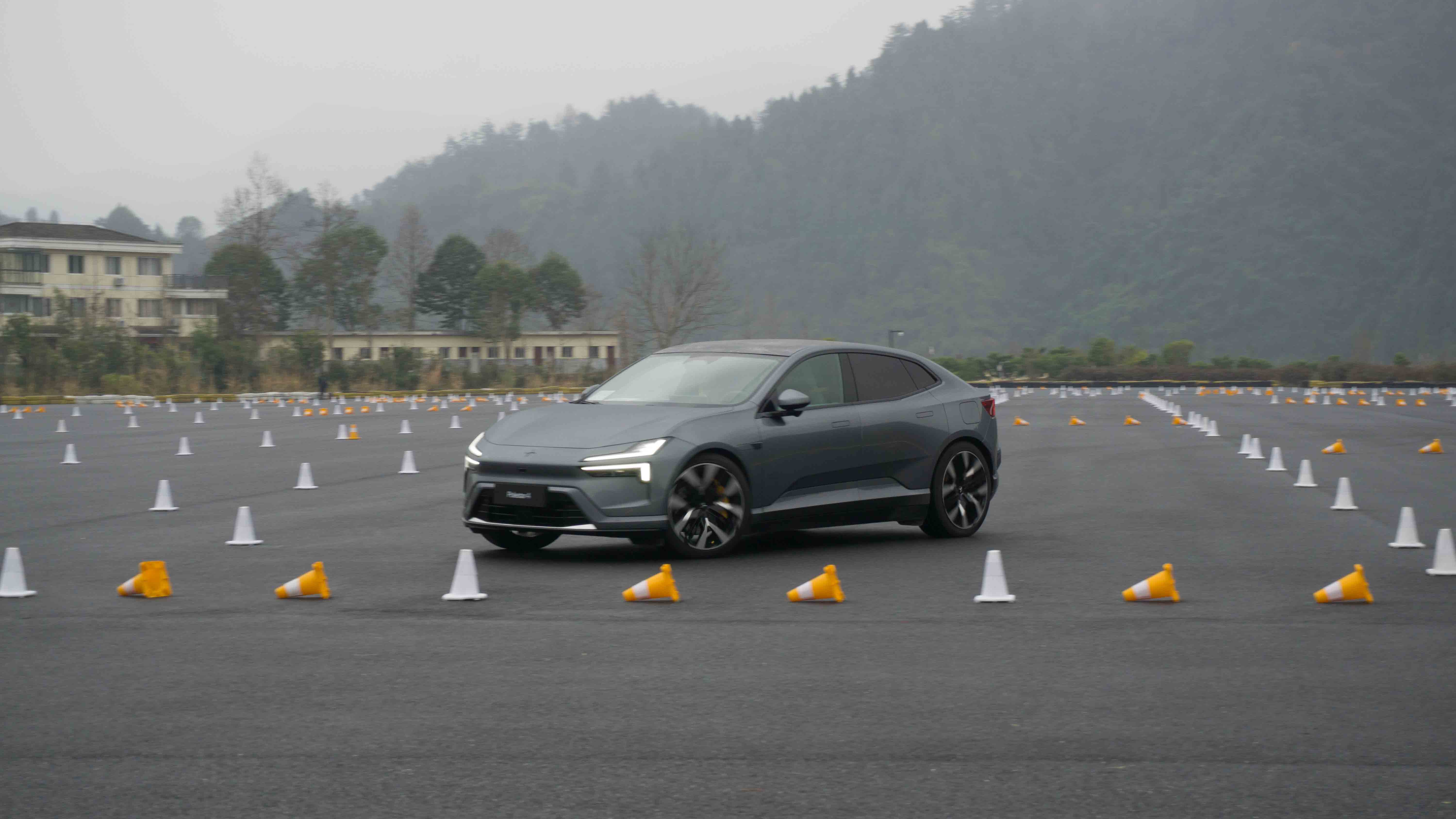
Car testing at Kanan this time is a bit unusual, as it was raining heavily and the ground was extremely slippery with tire temperatures struggling to rise. This proved to be a great test for the car companies’ calibration of steering and ESP.
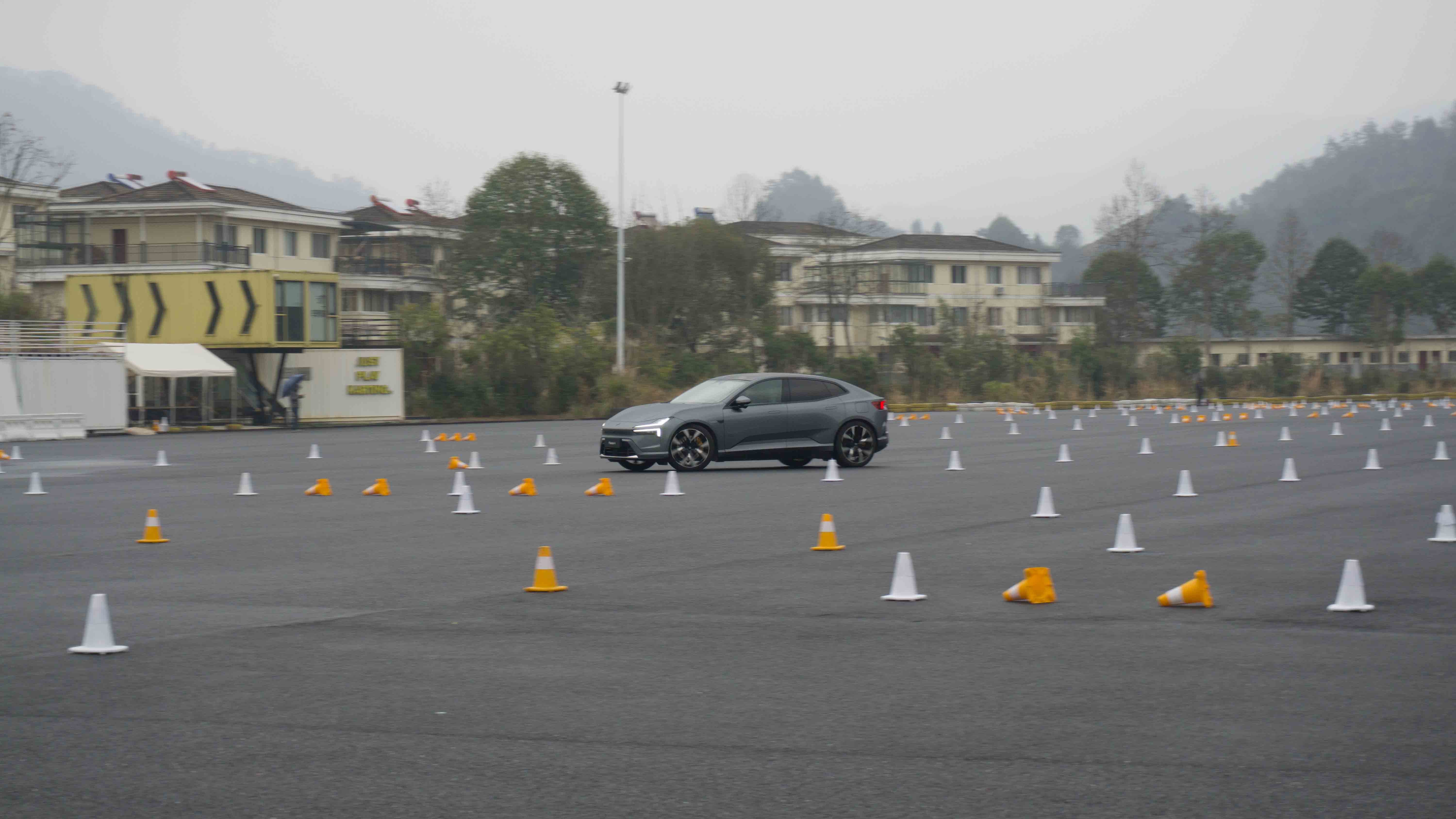
The steering of the Polestar 4 is neutral, neither quick nor slow, making it quite easy to handle. However, the body response is very active, the direction of the vehicle changes accordingly as you steer.

Here, you can feel that even without CDC and with only ordinary suspensions, there is good support provided which allows the slight roll of the Polestar 4to quickly balance the grip of the tire in continuous cornering. Here, 4 Goodyear EAGLE F1 tires play a crucial role.
As I pushed this car hard on a slippery road, the final safeguard was the ESP. Even with insufficient grip, the intervention of ESP is not strict. It responds very quickly, from weak to strong, ensuring proper vehicle control at the edge of losing control, without losing too much speed. Therefore, for those with limited racing experience, the Polestar 4 is a vehicle that is easy to master, and safe to drive at high speeds.

After this, my first impression of the Polestar 4, even with its less extreme performance and control was still positive. This also gave me more confidence in the process of mountain racing.
Once the Polestar 4 is on a regular road, I find the chassis to be rather suited for daily use. Compared to the Polestar 2 with its highly rigid body, the Polestar 4’s chassis can filter out many road bumps and, combined with its resilient suspension handling, gives a bit of a sports luxury car feel.
 With its hanging texture matched with over 40,000 torsional rigidity, the Polestar 4 gives a very complete impression, especially when driving through mountains, managing consecutive ups and downs, as well as dealing with continuous left and right yaw. The car’s response to the undulating terrain is clean and direct, even resembling a roller coaster ride. Thus, after my one-hour, approximately 30km drive in the mountains, I was still eager for more. The Polestar 4 is one of the few mid-size SUVs that excellently fuses mechanical quality and driving fun.
With its hanging texture matched with over 40,000 torsional rigidity, the Polestar 4 gives a very complete impression, especially when driving through mountains, managing consecutive ups and downs, as well as dealing with continuous left and right yaw. The car’s response to the undulating terrain is clean and direct, even resembling a roller coaster ride. Thus, after my one-hour, approximately 30km drive in the mountains, I was still eager for more. The Polestar 4 is one of the few mid-size SUVs that excellently fuses mechanical quality and driving fun.
In Conclusion
As a high-performance pure-electric brand born out of the racetrack, Polestar continues to pleasantly surprise us. As someone with an incredibly high bar for driving, I appreciate that the Polestar 4’s driving controls are still determined by the Swedish performance team, allowing the brand’s racing DNA to seep into the soul of the Polestar 4. Even its standard suspension can satisfy most performance enthusiasts without sacrificing comfort for daily use.
There’s no need to worry about Polestar 4’s appearance and interior, both of which have been carefully curated by their CEO, who’s also a designer, and have been well-received by fans.
What impressed me most is the involvement of the domestic team in the cockpit, smart features, and more. The adoption of Flyme Auto, smartphone integration, the use of a widescreen, and smart voice commands all meet the requirements of domestic users for smart features. This is evidenced when you compare Polestar with joint venture and imported brands in the same class, highlighting just how hard Polestar has been working to make improvements. Also in the pipeline is the Pilot Assist feature, which uses the double Mobileye EyeQ5 chips and purely visual components. This feature, anticipated to approximate the capabilities of ZEEKR’s NZP architecture, will be delivered via an OTA update.
So, has the Polestar 4, with its embedded Chinese intelligent DNA, impressed you yet?
This article is a translation by AI of a Chinese report from 42HOW. If you have any questions about it, please email bd@42how.com.
